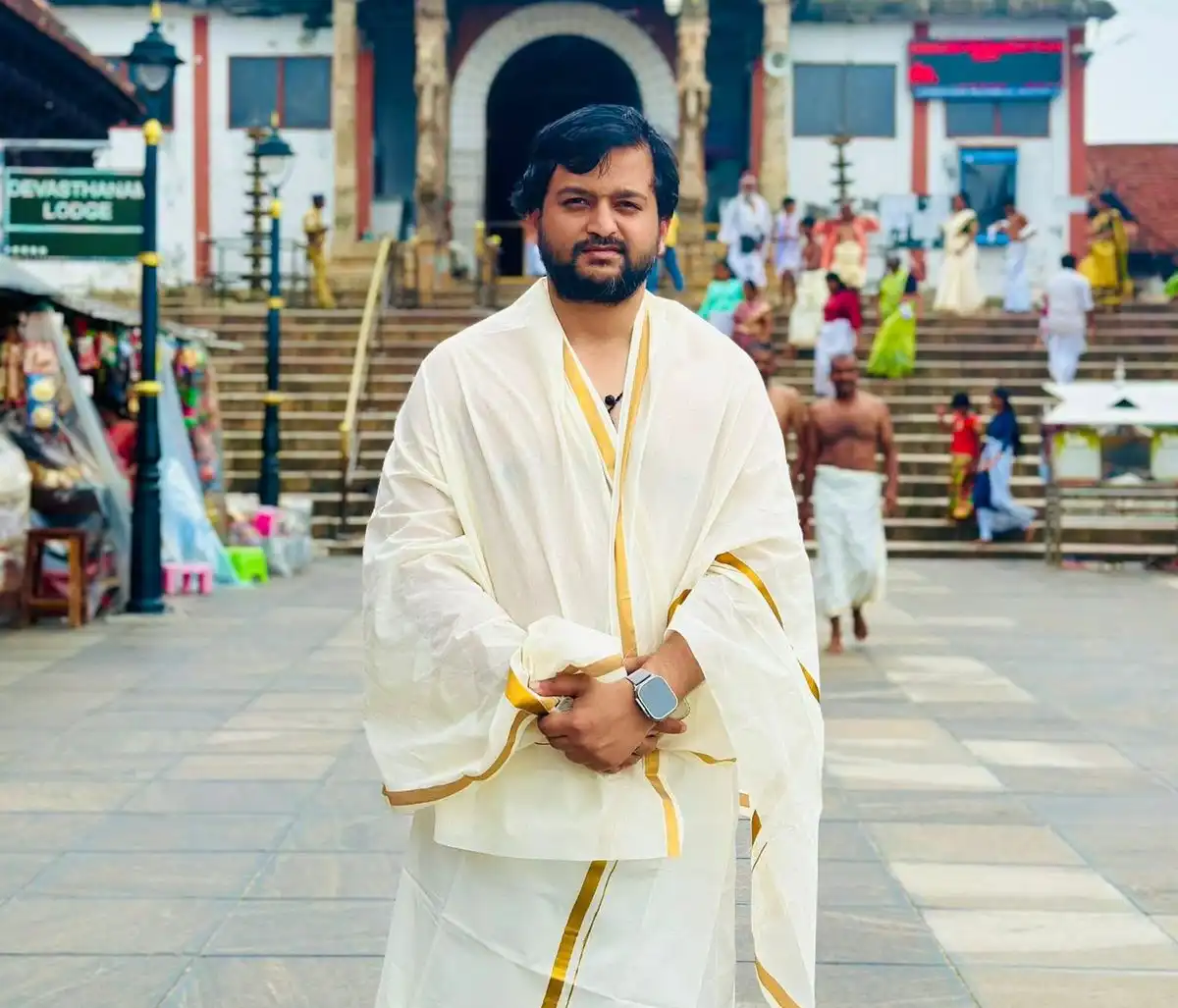The Mangalsutra is a sacred symbol of marriage in Hindu culture, representing the eternal bond between a husband and wife that transcends seven lifetimes. It serves as a reminder of the vows (vachans) exchanged during the wedding ceremony and acts as a protective shield against the evil eye and negative influences. The Mangalsutra is not just an ornament; it carries profound spiritual significance, ensuring harmony, stability, and protection in the marital relationship.
Spiritual Significance of the Mangalsutra: In Hindu tradition, marriage is not just a social contract but a divine union, and the Mangalsutra embodies this sacred connection. It is believed to balance the energies between the husband and wife, preventing discord and strengthening their bond. The sacred thread of the Mangalsutra is imbued with positive vibrations that protect the couple from misunderstandings, conflicts, and external disturbances. It acts as a conduit for divine blessings, fostering love, trust, and longevity in the relationship. Many modern women, influenced by changing times and lifestyles, choose to remove the Mangalsutra after marriage. However, its energetic and spiritual benefits remain significant. The Mangalsutra carries an aura that safeguards the couple from unforeseen challenges and mishaps. It is also associated with Shakti, symbolizing the power, dignity, and grace of a wife. By wearing the Mangalsutra, a woman aligns herself with the divine feminine energy that brings prosperity and stability to her married life.
The Significance of Black Beads in the Mangalsutra: The black beads in the Mangalsutra play a crucial role in protecting the couple from negative energies and evil forces. These beads absorb and neutralize harmful vibrations, ensuring that the marital bond remains strong and unaffected by external influences. Black is considered a powerful color in Hindu spirituality, often used to ward off negativity and enhance protection. Thus, the black beads in the Mangalsutra act as a safeguard against dark energies that may disrupt the peace and happiness of the marriage.
Importance of Wearing the Mangalsutra on Special Occasions: During significant fasting festivals like Karva Chauth and Teej, when a wife prays for the long life and well-being of her husband, wearing the Mangalsutra is essential. Just as the Solah Shringar (sixteen adornments of a married woman) holds deep meaning in Hindu culture, the Mangalsutra plays a key role in maintaining a woman’s spiritual and marital energy. Not wearing it during such auspicious occasions can disturb the balance of energies within the chakras, particularly the Throat Chakra (Vishuddha), which governs communication. Since effective communication is the foundation of a strong marriage, the Mangalsutra is believed to stabilize this chakra, fostering clarity, understanding, and a deeper emotional connection between husband and wife. By balancing energies, it ensures that the relationship is based on mutual respect, love, and commitment.
Mangalsutra: The Symbol of Lakshmi in Marriage: Women are regarded as Lakshmi—the goddess of wealth and prosperity—in their homes. When a woman gets married, she leaves her parental home and becomes the Lakshmi of her husband’s household. Just as wealth and prosperity need protection and respect, the husband ties the Mangalsutra around his wife’s neck as a symbolic gesture of his commitment to protect and cherish her. It signifies that she is his Lakshmi, the harbinger of happiness and fortune, and he, in turn, vows to stand by her and safeguard their marital bond.





